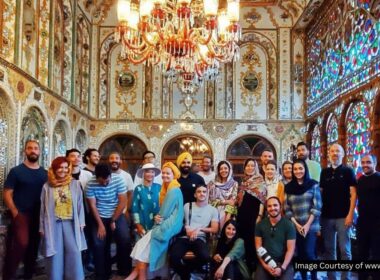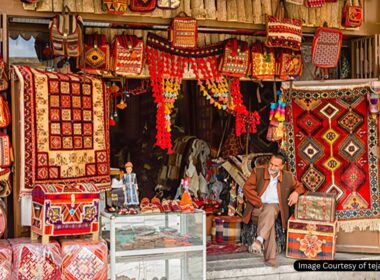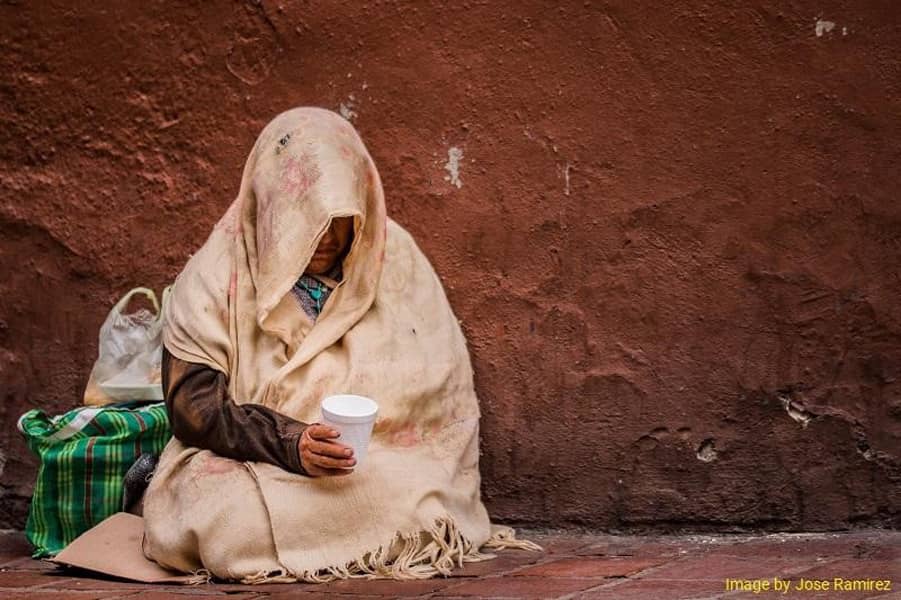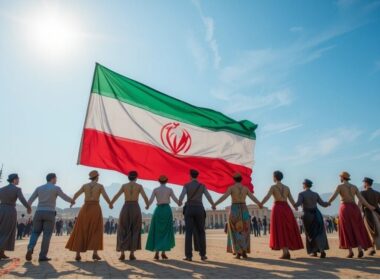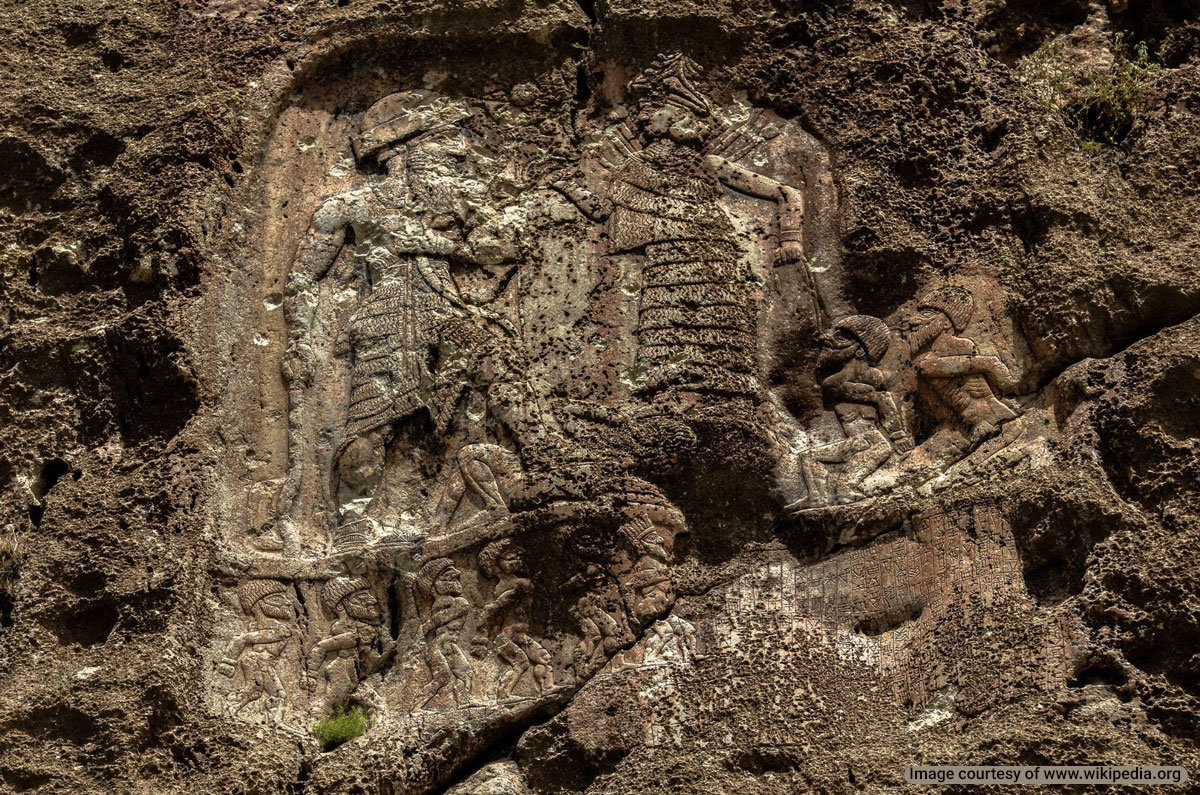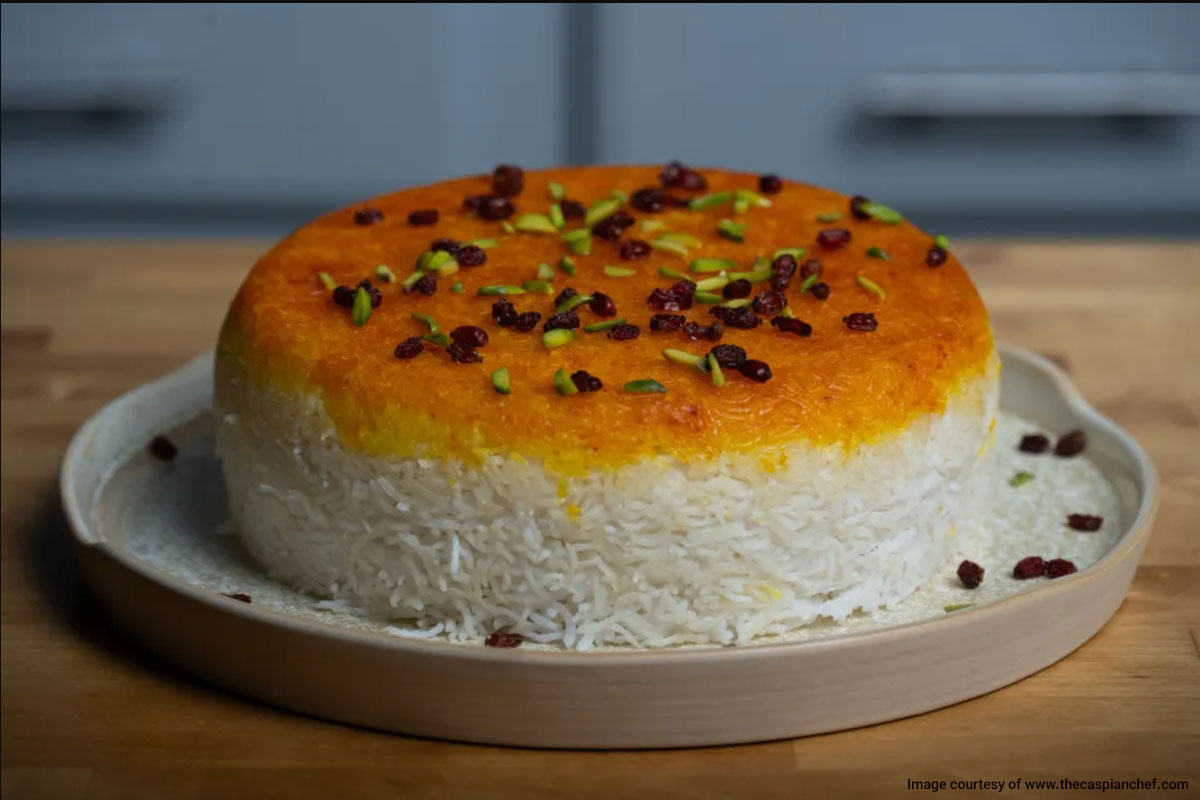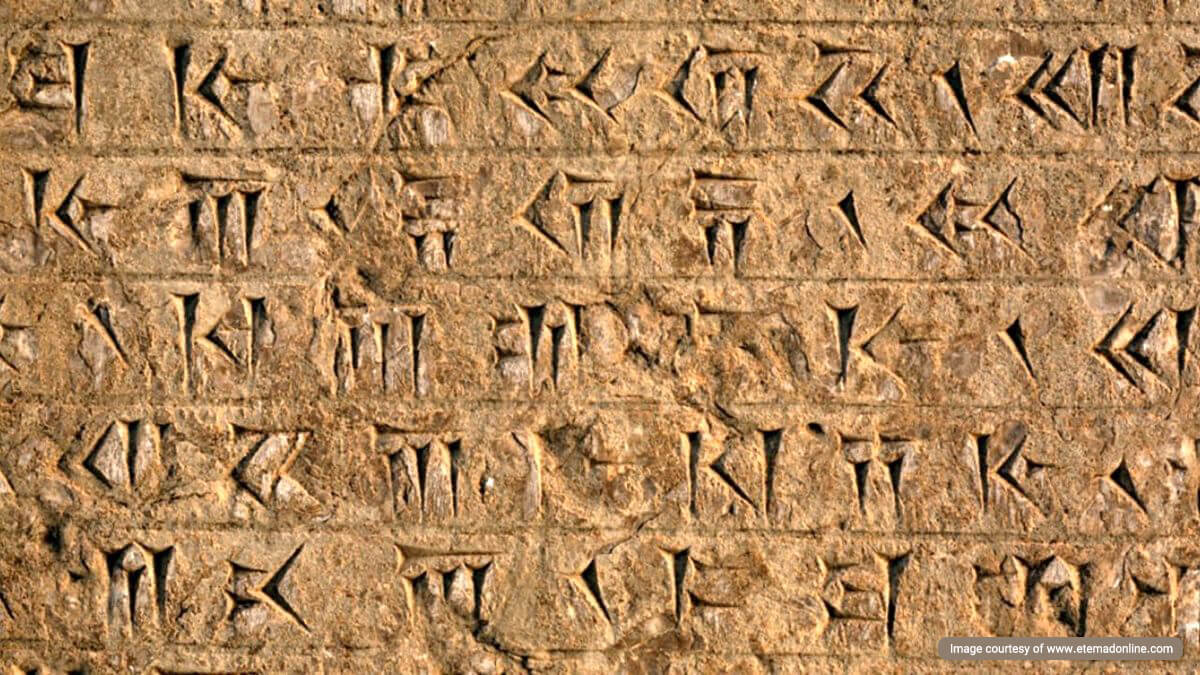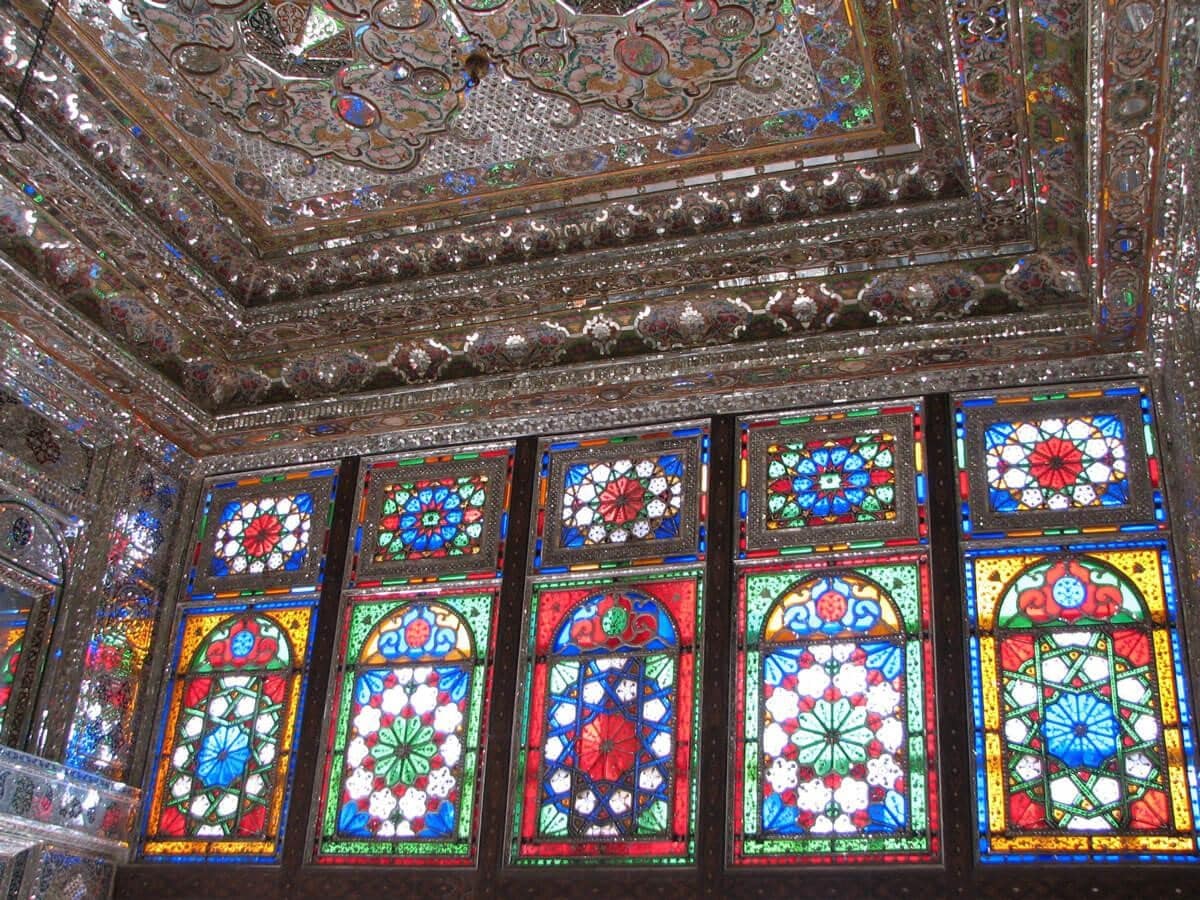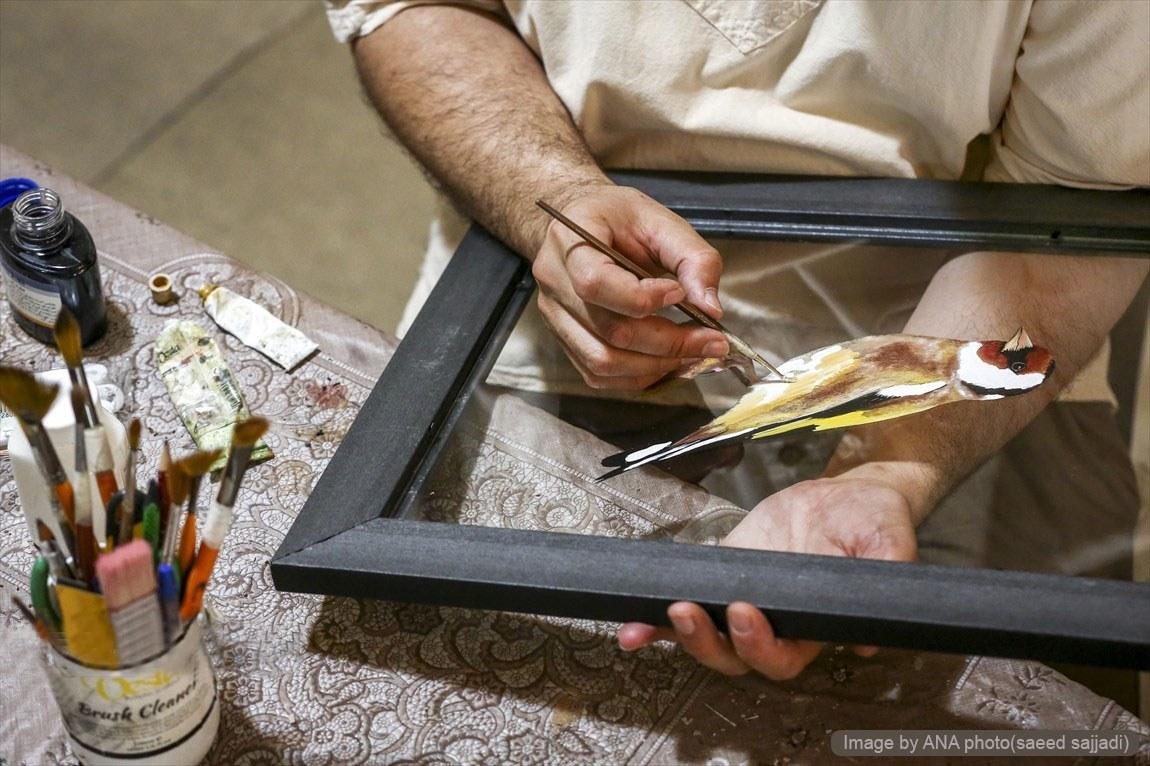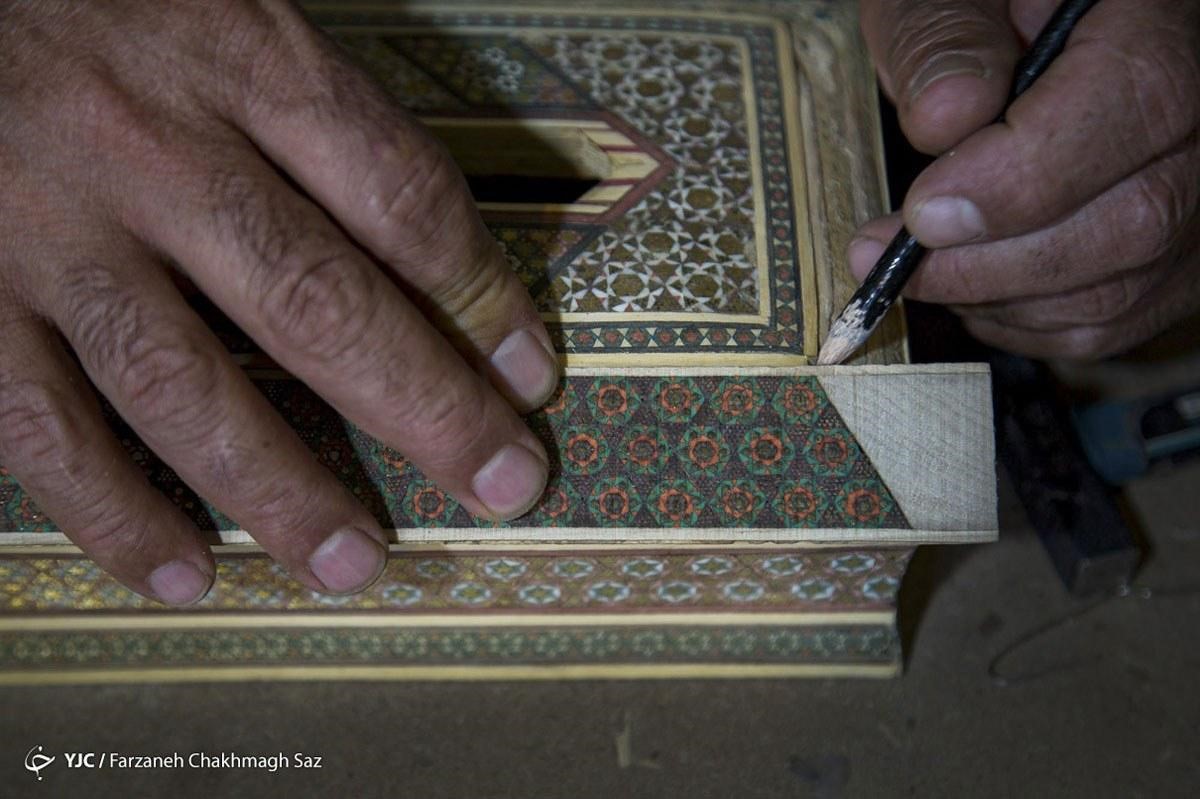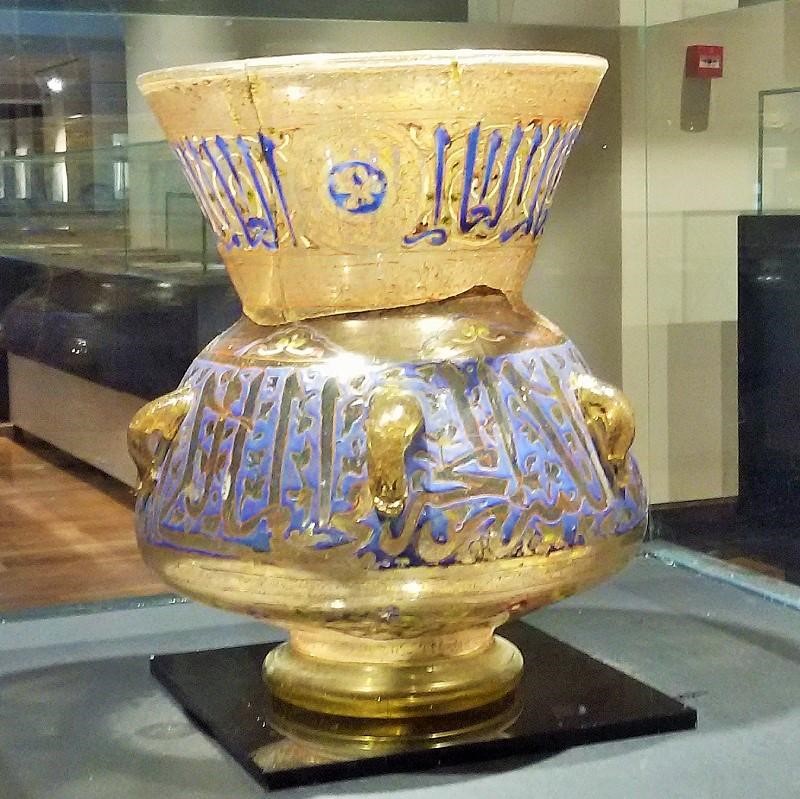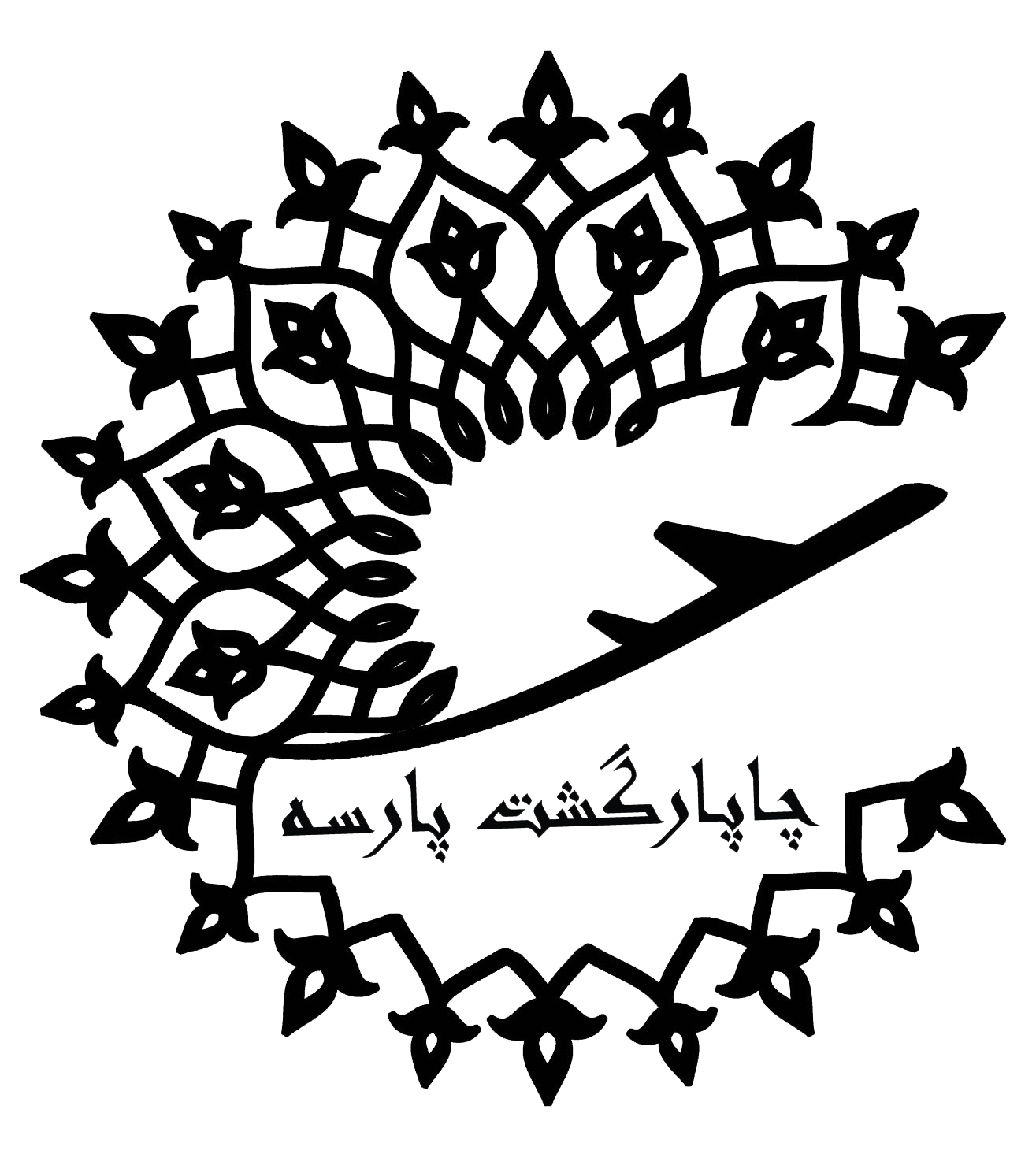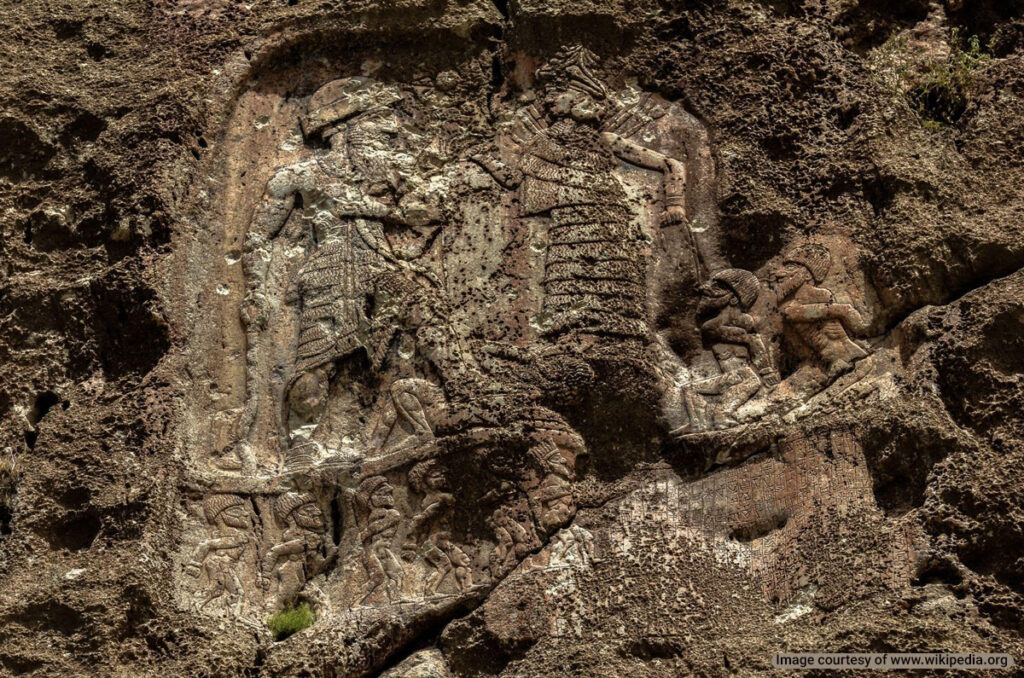
Ancient Persian art embodies a blend of beauty, craftsmanship, and cultural depth, leaving an enduring legacy that continues to inspire and fascinate the world. Whether through grand architecture or intricate jewelry, each piece tells a story of a civilization that valued artistry and expression. Ancient Iranian art is a testament to the ingenuity, creativity, and cultural richness of the Persian Empire, which flourished from around 550 BCE to 651 CE. This period saw the rise of a sophisticated civilization that left an indelible mark on the art and architecture of the ancient world. The Persians were masterful artisans, whose works encompassed a wide range of mediums including architecture, sculpture, pottery, metalwork, textiles, and the Art of Illumination.
Persian Architecture: Wonders of the Ancient World
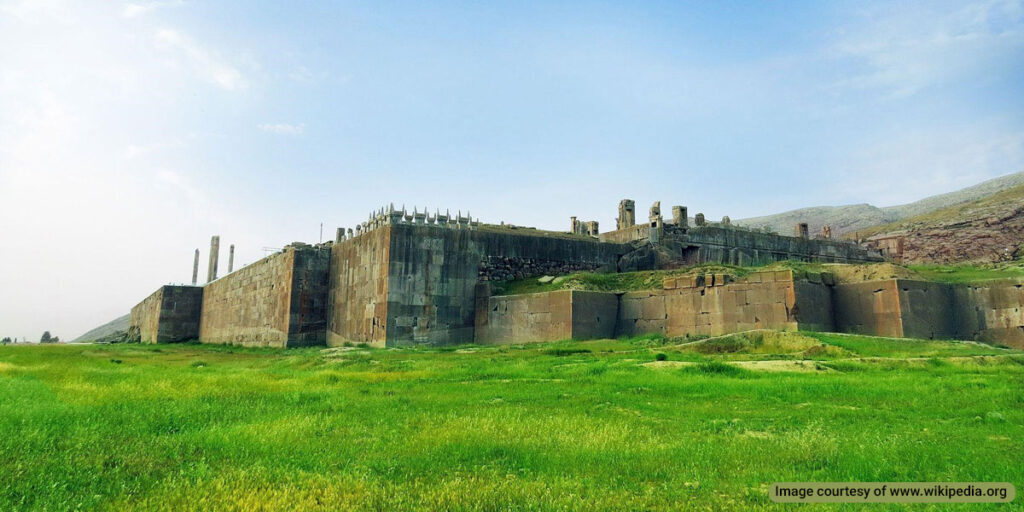
Persian architecture is renowned for its grand scale and intricate details. The majestic palaces, such as those at Persepolis, showcase the ingenuity and craftsmanship of ancient Persian builders. These structures feature impressive columns, vast halls, and detailed bas-reliefs that depict scenes of royal ceremonies, battles, and mythological tales. The use of symmetry, harmonious proportions, and ornate decorations, including carvings and mosaic work, exemplifies the Persian architectural style’s elegance and sophistication.
Persepolis
Persepolis, the ceremonial capital of the Achaemenid Empire, is renowned for its grand architecture. Key structures include:
- The Apadana Palace: A grand audience hall where the king received tribute.
- The Hundred-Column Hall: An enormous hall supported by numerous columns.
- Monumental Gateways: Elaborate entrances adorned with reliefs and inscriptions
Tchogha Zanbil
Chogha Zanbil is one of the best-preserved ziggurats outside Mesopotamia. Built around 1250 BC by King Untash-Napirisha, it was dedicated to the god Inshushinak. The ziggurat stands 80 feet high and features glazed blue and green terra-cotta decorations.
Ancient Persian Illustration art and Miniature Paintings
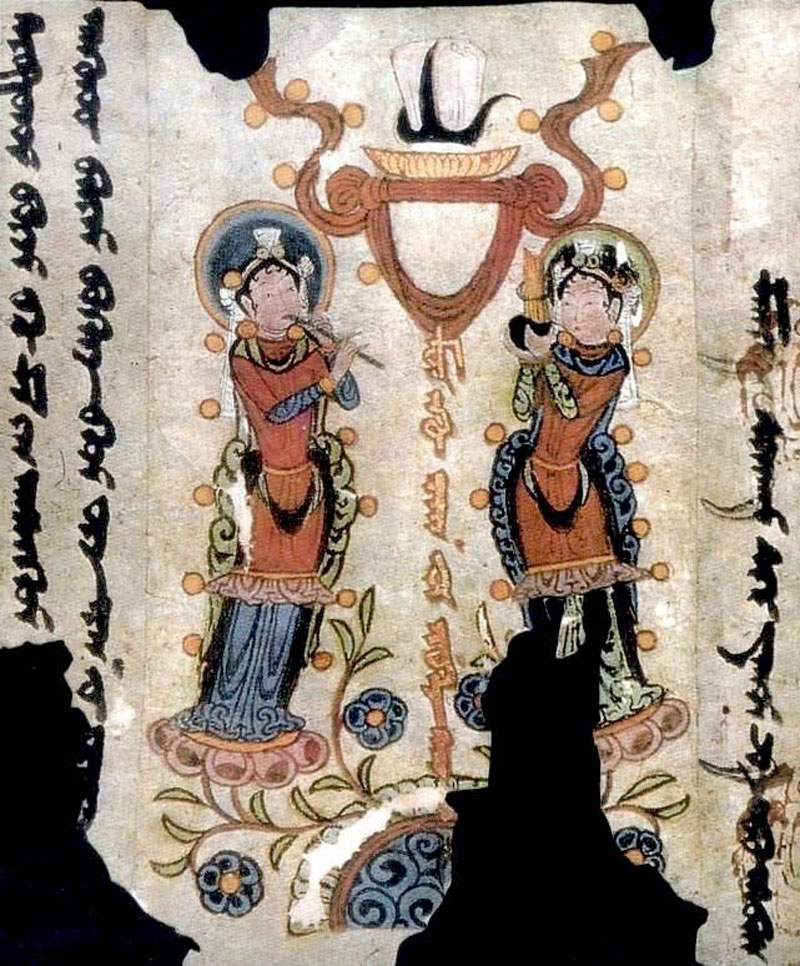
Persian miniature paintings are celebrated for their delicate beauty and intricate details. These small, yet elaborate artworks often illustrate scenes from literature, history, and mythology. Persian miniatures are characterized by their vibrant colors, fine brushwork, and meticulous attention to detail. Artists employed techniques like gold leaf application and delicate linework to create these masterpieces. The compositions often feature intricate patterns, floral motifs, and a sense of narrative that brings the stories to life.
Some of the earliest examples of illustration and miniature paintings are found in Manichaean textbooks and codexes, which were painted to better convey Mani’s messages to the less-educated public.
Mesmerizing Persian Carpets and Rugs
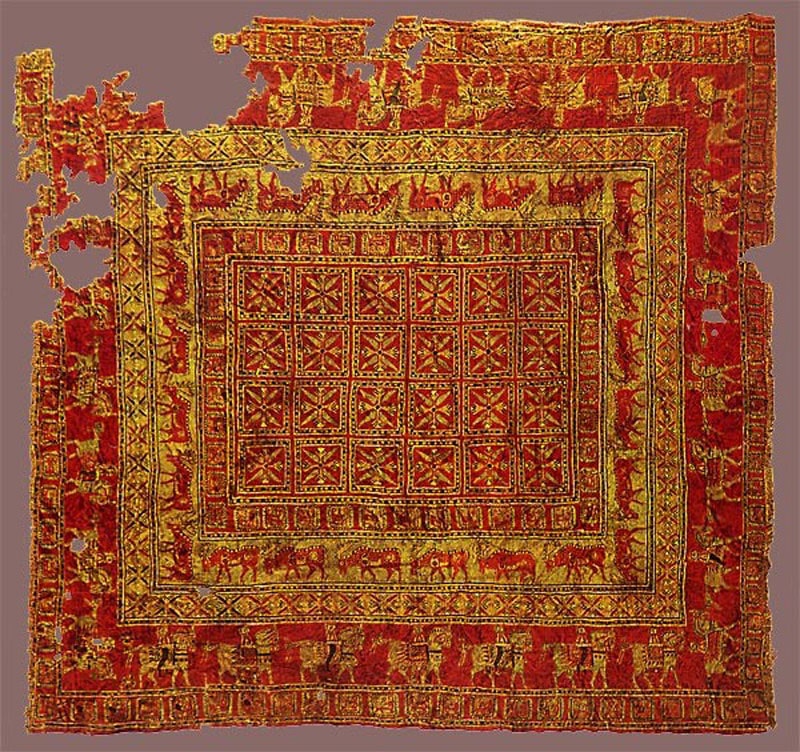
Persian carpets and rugs are synonymous with luxury and artistry. Known for their rich colors, intricate patterns, and exceptional craftsmanship, these textiles are highly prized worldwide. Each carpet is a work of art, woven with precision and care. The designs often include floral motifs, geometric patterns, and symbolic imagery. Persian weavers use techniques passed down through generations, ensuring that each piece is a testament to their skill and creativity. The result is a stunning blend of beauty, functionality, and cultural heritage.
Ancient Persian Rugs
The most famous example of ancient Persian rugs is the Pazyryk rug, dating back to the 3d-4th millennium BCE. Its exact origins are unknown and could be related to Armenian, Urartian, or Turkic groups. In some ancient cultures, it was a funeral accessory buried along with the dead. The designs are intricate for their time, as the carpets were woven to perfection in a delicate process.
Ancient Iranian Sculpture and Bas-Reliefs
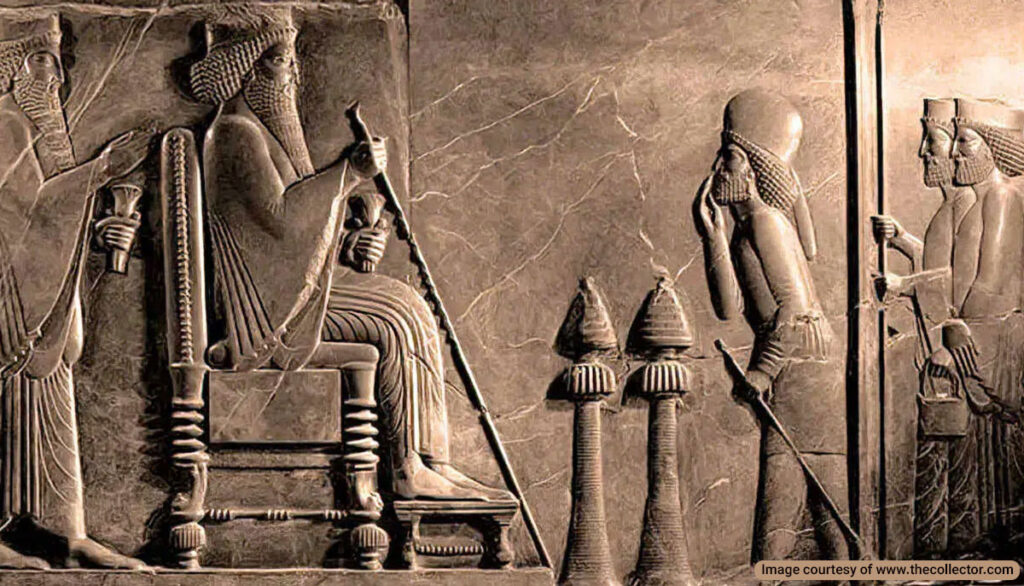
Ancient Persian sculpture and reliefs are significant forms of artistic expression. The bas-reliefs found at sites like Persepolis and Naqsh-e Rustam depict intricate scenes of royal processions, religious rituals, and mythological narratives. These carvings are characterized by their detailed representation of figures, elaborate costumes, and dynamic compositions. Persian sculptors excelled in creating a sense of movement and depth, using techniques that brought their stone carvings to life.
Persepolis Reliefs
The reliefs at Persepolis depict various scenes, including royal processions, delegations from subject nations, and mythological creatures. These reliefs provide valuable insights into the culture and history of the Achaemenid Empire.
Taq Kasra
Taq Kasra, also known as the Arch of Ctesiphon, is one of the largest brick-built arches in the world. It was part of the imperial palace complex in Ctesiphon and showcased the architectural prowess of the Sassanian Empire.
Ancient Iranian Pottery and Ceramics
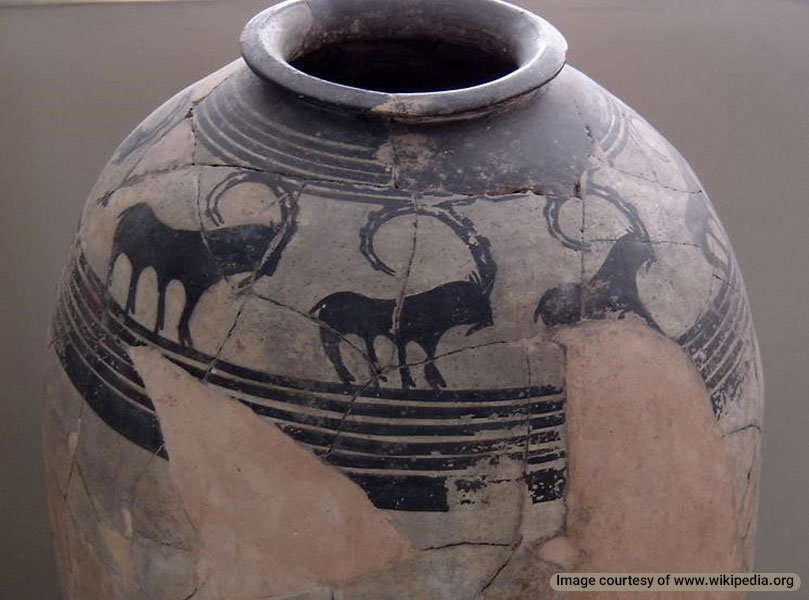
Persian pottery and ceramics are renowned for their beauty and craftsmanship. These works often feature intricate designs and vibrant glazes. Persian potters created a wide range of items, from everyday utensils to decorative pieces. The ceramics are often adorned with detailed patterns, calligraphy, and symbolic motifs. The use of vivid colors and innovative glazing techniques resulted in pottery that is both functional and artistic.
Pottery from Tepe Sialk
Tepe Sialk, an ancient archaeological site near Kashan in Iran, is renowned for its rich collection of pottery artifacts dating back to the 4th millennium BC. These artifacts offer valuable insights into the daily life, culture, and artistic expression of the early inhabitants of the region.
The pottery found at Tepe Sialk includes a wide range of forms, such as long-necked pitchers, containers of various shapes, and intricately designed decorative items. Many pieces of pottery are adorned with sophisticated designs, including animals and other motifs painted in reddish pigment.
The pottery showcases the technological advancements of the time, with evidence of wheel-turned buff ware, indicating skilled craftsmanship.
Ceramics from Chogha Mish
Chogha Mish, an ancient site in Iran, is famous for its ceramics dating back to the 5th millennium BC. These ceramics include a variety of vessels, figurines, and other artifacts, showcasing the advanced pottery techniques of the time.
Metalwork and Jewelry: The Splendor of Persian Goldsmiths
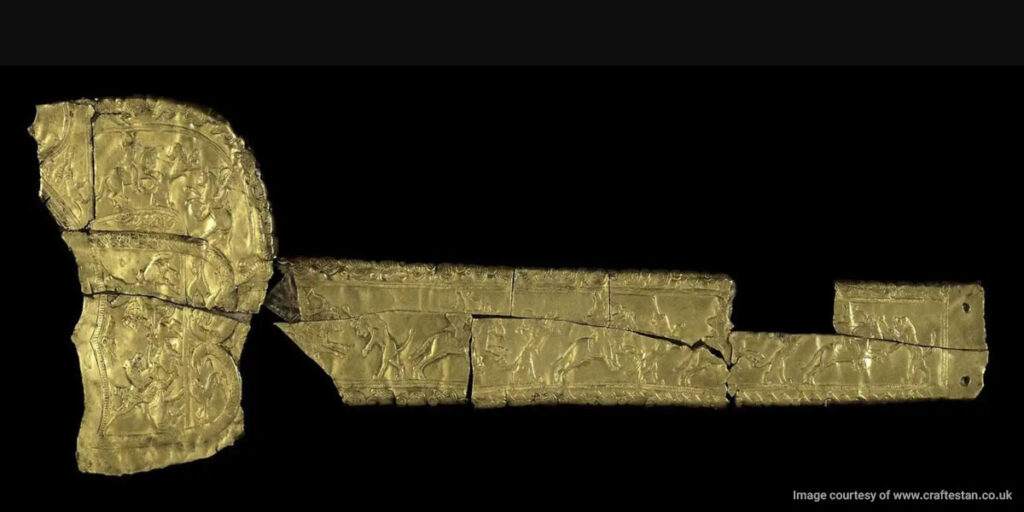
Persian metalwork and jewelry are testaments to the artisans’ skill and creativity. Goldsmiths crafted exquisite items, including intricate jewelry, ceremonial objects, and decorative metal pieces. These works are characterized by their fine detailing, use of precious metals and stones, and elaborate designs. Techniques such as engraving, filigree, and enameling were employed to create pieces that were both stunning and durable. Persian metalwork reflects the cultural richness and artistic innovation of the ancient Persian Empire.
Achaemenid Royal Jewelry
The Achaemenid Empire produced exquisite jewelry, including gold and silver pieces adorned with precious stones. These items often featured intricate designs and were used for both adornment and ceremonial purposes.
Elamite Metalwork
Elamite metalwork is known for its craftsmanship and artistic quality. Elamites produced a variety of metal objects, including weapons, tools, and decorative items, showcasing their advanced metallurgical skills.
Calligraphy and Manuscripts
Persian calligraphy is considered one of the highest forms of artistic expression. The elegance and fluidity of Persian script are evident in manuscripts, inscriptions, and decorative arts. Calligraphers used tools like the reed pen to create beautiful, flowing lines and intricate designs. Illuminated manuscripts often feature ornate borders, miniature paintings, and gold leaf, transforming written texts into works of art. The art of calligraphy in Persia goes beyond mere writing; it is a visual representation of beauty and precision.
Achaemenid Inscriptions
Royal Inscriptions of Achaemenid Kings: Although few literary works from Achaemenid Iran have survived, notable inscriptions by kings like Darius I and Xerxes offer a glimpse into the administrative and cultural practices of the time.
Many Zoroastrian texts were lost during the Islamic conquest of Iran in the 7th century, but some manuscripts have survived, providing a window into the religious beliefs and practices of ancient Iran.
Textiles and Fabrics: The Woven Legacy of Iran

Persian textiles and fabrics are celebrated for their quality, durability, and intricate designs. Weavers created luxurious fabrics such as silk, wool, and cotton, often using complex patterns and vibrant colors. Ancient textile production dates back to 10 millennium BCE.
Persian textiles were not only functional but also served as decorative items, showcasing the weavers’ artistic talents. Techniques like brocade weaving, tapestry, and embroidery were used to produce textiles that are still admired today for their beauty and craftsmanship. The Elamite empire, at its peak, extended from eastern Mesopotamia to parts of modern-day Pakistan. Early depictions show men in multi-layered skirts made from various materials.
Sassanid Textile
By the fifth century, Iranian cotton was being exported to China. The Sasanid period marked advancements in textile technology, with various weaving techniques. Royal attire included fitted bodices and draped tunics, often made from richly patterned silk, with specific garments indicating status based on design and embellishments.
Persian Glasswork: Artistry in Transparency
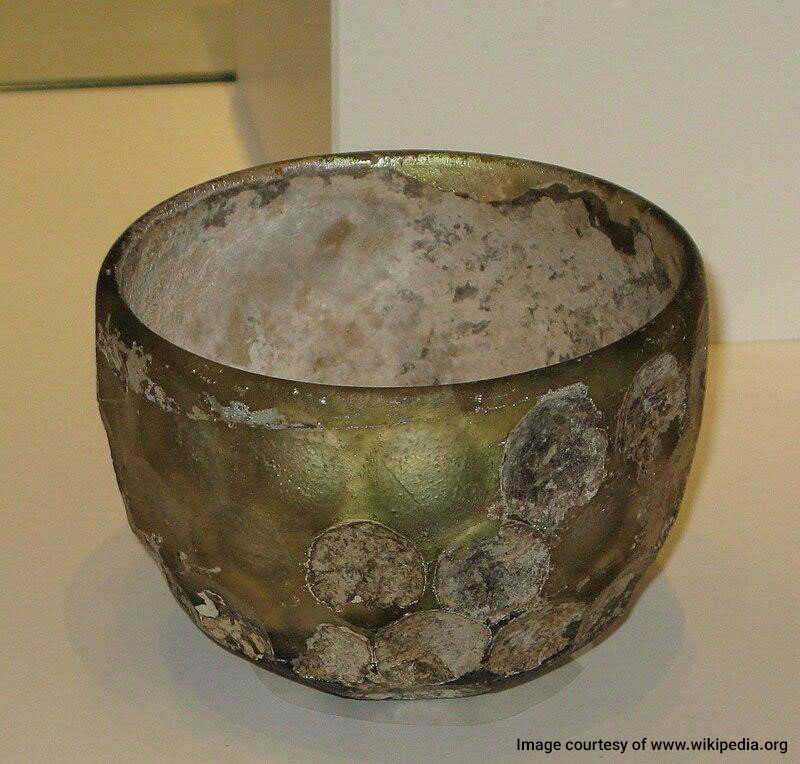
Persian glasswork is known for its innovation and beauty. Ancient Persian glassmakers created a variety of items, including bowls, bottles, and decorative pieces. These works often featured intricate designs and vivid colors achieved through advanced glassblowing and coloring techniques. Persian glasswork is characterized by its clarity, intricate patterns, and elegant forms, reflecting the high level of skill and creativity of Persian artisans from ancient Elam to the late Sassanid era.
Glassware from Susa
Susa glassware often included detailed patterns, such as geometric shapes and floral motifs, demonstrating the skill of ancient glassmakers. The use of various coloring techniques resulted in a rich palette of hues, making the glassware visually striking. The glass artifacts from Susa were made with precision and care, reflecting the high level of expertise of the artisans.
Glass Beads from Chogha Mish
These beads are significant as they provide evidence of advanced glassmaking techniques dating back to the 4th millennium BCE. Intricate Designs: The glass beads from Chogha Mish often feature detailed patterns and vibrant colors, showcasing the skill of ancient glassmakers.
The beads were made with precision and care, reflecting the high level of expertise of the artisans. These beads were likely used for personal adornment, and trade, and possibly had symbolic or ritualistic importance.
Gardens and Landscaping in Ancient Iran
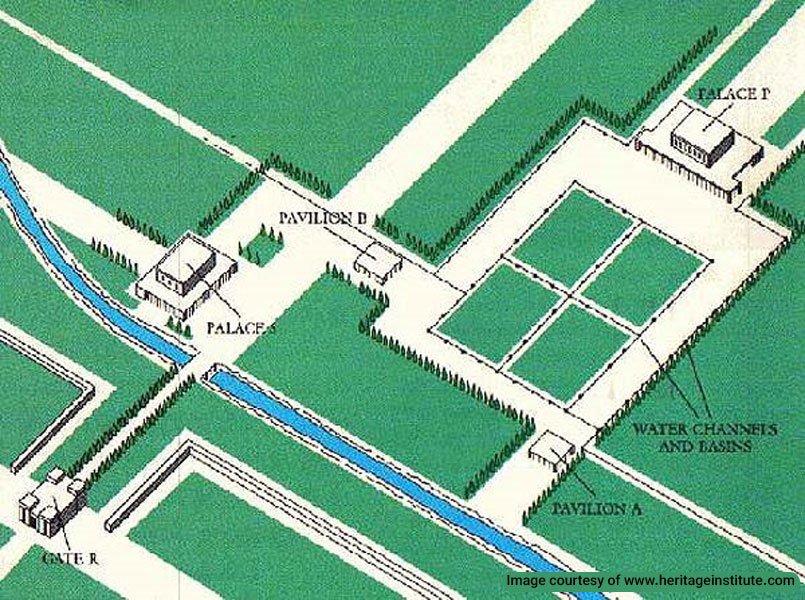
Persian gardens, known for their beauty and symmetry, are considered a form of living art. These gardens were designed with precise geometric layouts, featuring water channels, fountains, and lush plantings. The use of water, shade, and plants created a serene and harmonious environment that provided a respite from the harsh climate. Persian gardens are celebrated for their balance, symmetry, and incorporation of natural elements, reflecting the Persian appreciation for nature and aesthetics.
Pasargadae
The garden at Pasargadae, designed by Cyrus the Great, is one of the earliest examples of Persian garden design. It featured a rectangular layout with a central water channel and lush plantings.
Bishapur
This ancient city contained elaborate gardens with sophisticated water management systems, showcasing the advanced engineering skills of the Persians. : Like many Persian gardens, the gardens of Bishapur likely followed a symmetrical layout, reflecting the principles of order and harmony Water was an essential element, with channels, fountains, and possibly pools providing both aesthetic beauty and practical irrigation.
The gardens would have included a variety of plants, such as flowers and aromatic herbs, to create a sensory experience. The gardens were likely enclosed by walls, creating a private and peaceful retreat within the bustling city.
The Legacy of Ancient Iranian Art
The legacy of ancient Iranian art extends beyond its aesthetic value; it also serves as a cultural bridge, connecting the modern world with the ancient past. The artistic achievements of the Persian Empire have influenced countless generations of artists and continue to inspire awe and admiration to this day. From the detailed miniatures of the Safavid period to contemporary Iranian art, the influence of ancient Persian artistry remains a vibrant and enduring presence.
Frequently Asked Questions about Ancient Iranian Art
If you have any other questions about ancient Iranian art, let us know in the comments section. We will respond as soon as possible.
What is ancient Iranian art?
Ancient Iranian art encompasses a wide range of artistic expressions, including architecture, sculpture, pottery, metalwork, textiles, and painting, produced by the various civilizations that inhabited the region, such as the Elamites, Achaemenids, Parthians, and Sassanians.
What are some notable examples of ancient Iranian art?
- Persepolis: The ceremonial capital of the Achaemenid Empire, known for its grand palaces and intricate reliefs.
- Chogha Zanbil: An ancient Elamite complex with a massive ziggurat.
- Taq Kasra: The Arch of Ctesiphon, showcasing Sassanian architectural prowess.
- Susa Miniature Paintings: Early examples of detailed miniature art.
- Ancient Persian Rugs: Intricate woven textiles with geometric patterns.
What materials were commonly used in ancient Iranian art?
Artists used a variety of materials, including stone, metal (gold, silver, bronze), clay, glass, and textiles. These materials were often adorned with intricate designs and vibrant colors.
How did ancient Iranian art influence other cultures?
Ancient Iranian art had a significant impact on neighboring cultures, particularly through trade and conquest. Persian artistic styles and techniques influenced the art of the Greeks, Romans, and later Islamic art.
What is the significance of Persian gardens in ancient Iranian art?
Persian gardens, known as “Paradise Gardens,” were designed to reflect the beauty and order of nature. They featured symmetrical layouts, water features, lush vegetation, and enclosed spaces, symbolizing paradise on Earth. In later periods, the gardens even appeared in Persian literature and held thematic meaning in the works of poets such as Saadi, who named his two most important works Bustan and Golestan (The Orchard and the Rose Garden).


